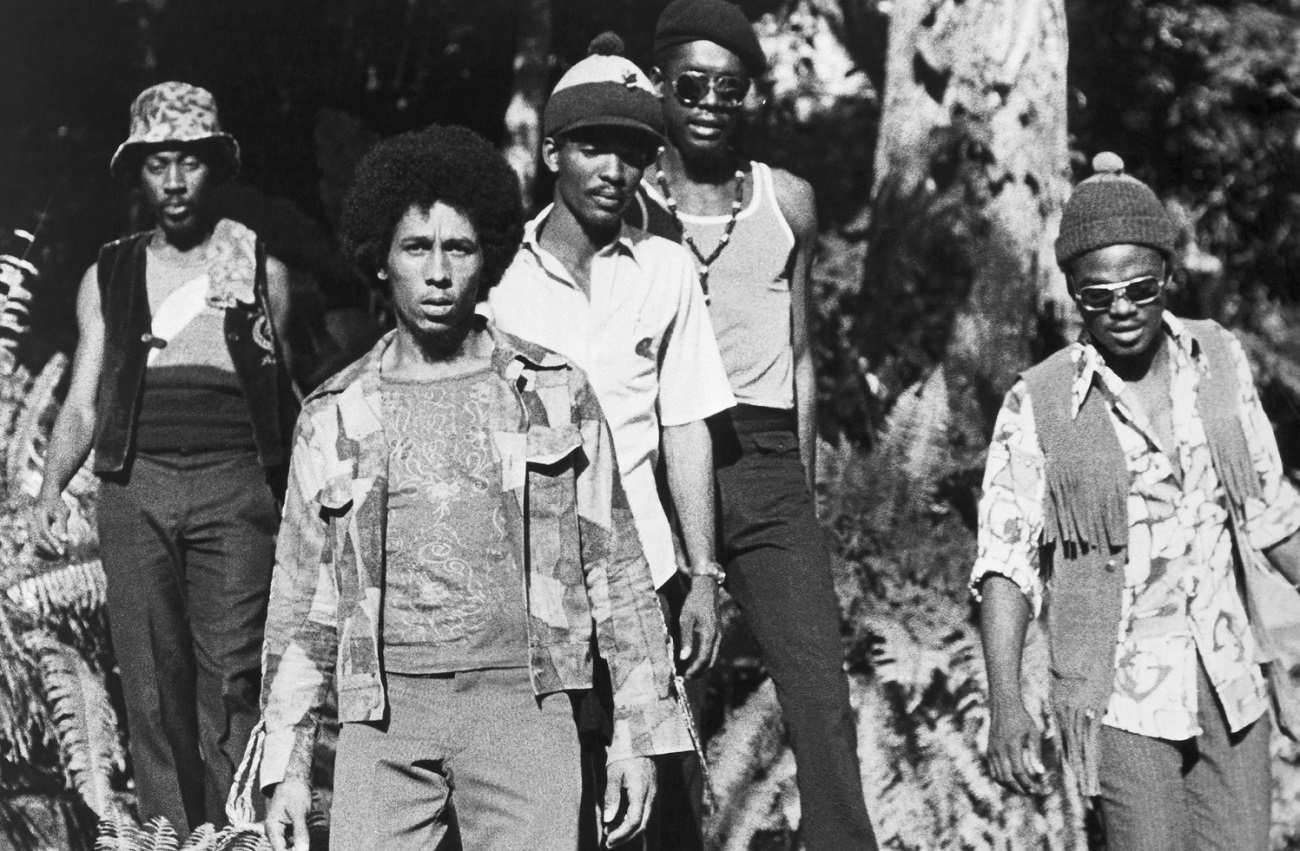Why Bob Marley and The Wailers’ 1st Island LP Sounded So Different From Their Previous Work
Island Records founder Chris Blackwell raised some eyebrows when he signed Bob Marley and The Wailers and offered the band a real advance. Though the amount (4,000 BP) was small in the grand scheme of things, it represented a gamble for a reggae band with no following outside Jamaica.
With their money in pocket, The Wailers flew home and did what they did best: They recorded. Blackwell was blown away by the results when he arrived in Jamaica a few months later. Not only had The Wailers produced great music; they’d poured every cent of their advance into the album.
Yet Blackwell didn’t plan on releasing the music exactly as the Wailers produced it in Jamaica. Prior to Catch a Fire (1973) hitting the world market, Blackwell and Marley transformed the overall sound. In brief, they honed the songs for a rock — and mostly white — audience.
The Wailers’ ‘Catch a Fire’ featured turned-up guitars and for a rock audience

When Blackwell heard what The Wailers had produced, he knew he could fine-tune the product for U.K. and U.S. audiences. And in the age of arena rock, Blackwell went with a logical approach: He turned up the guitars.
Wailers fans weaned on tracks such as “Trench Town Rock” and “Craven Choke Puppy” heard a very different sound right from “Concrete Jungle,” the opener to Catch a Fire. Session guitarist Wayne Perkins, who’d played on records by Joe Cocker and countless others, supplied the guitar lines.
Perkins didn’t receive credit on the album (as is the case with session players), but most Wailers fans could recognize the change in approach. And the same went for the rhythm itself, which had been sped up a tick in the studio.
More overdubs came in the form of electric piano, clavinet, tabla (Indian percussion), and Moog synthesizer parts. The process took months, and the sound represented a significant departure from the band that caught Blackwell’s attention in the first place.
Chris Blackwell explicitly aimed for ‘less of the reggae rhythm’ on ‘Stir It Up’
Perkins also contributed guitar overdubs on “Baby We’ve Got a Date” and “Stir it Up,” the latter of which featured wah-wah effects. As Blackwell explained in the Classic Albums documentary on Catch a Fire, the goal was “making it much less of the reggae rhythm and more of a sort of drifting feel.”
“Rabbit” Bundrick, the session keyboardist who played with The Who and many other acts, said as much about his parts on Catch a Fire. “Because the [plan] was for Chris Blackwell to help Bob break in America, we needed to add something that Americans were used to — like clavinets,” Bundrick said in the documentary. “So Bob was ready for that.”
Blackwell acknowledged how far he and his team (including Marley) went in Island studios. “[Catch a Fire] had the most overdubs on it,” Blackwell said in the Classic Albums doc. “This record was the most — I don’t say softened, but more say enhanced — to try and reach a rock market. Because this was the first record. And they wanted to reach into that market.”


